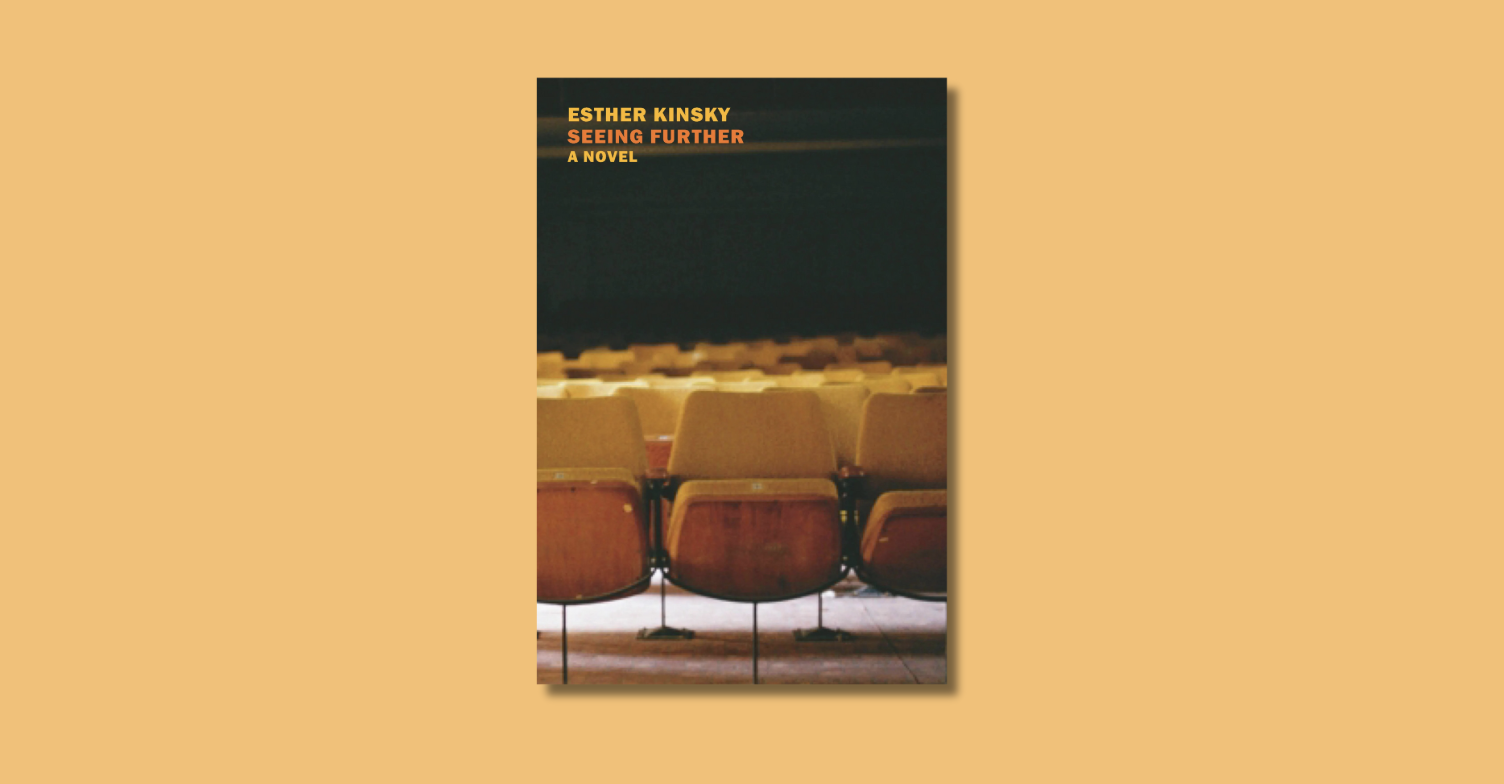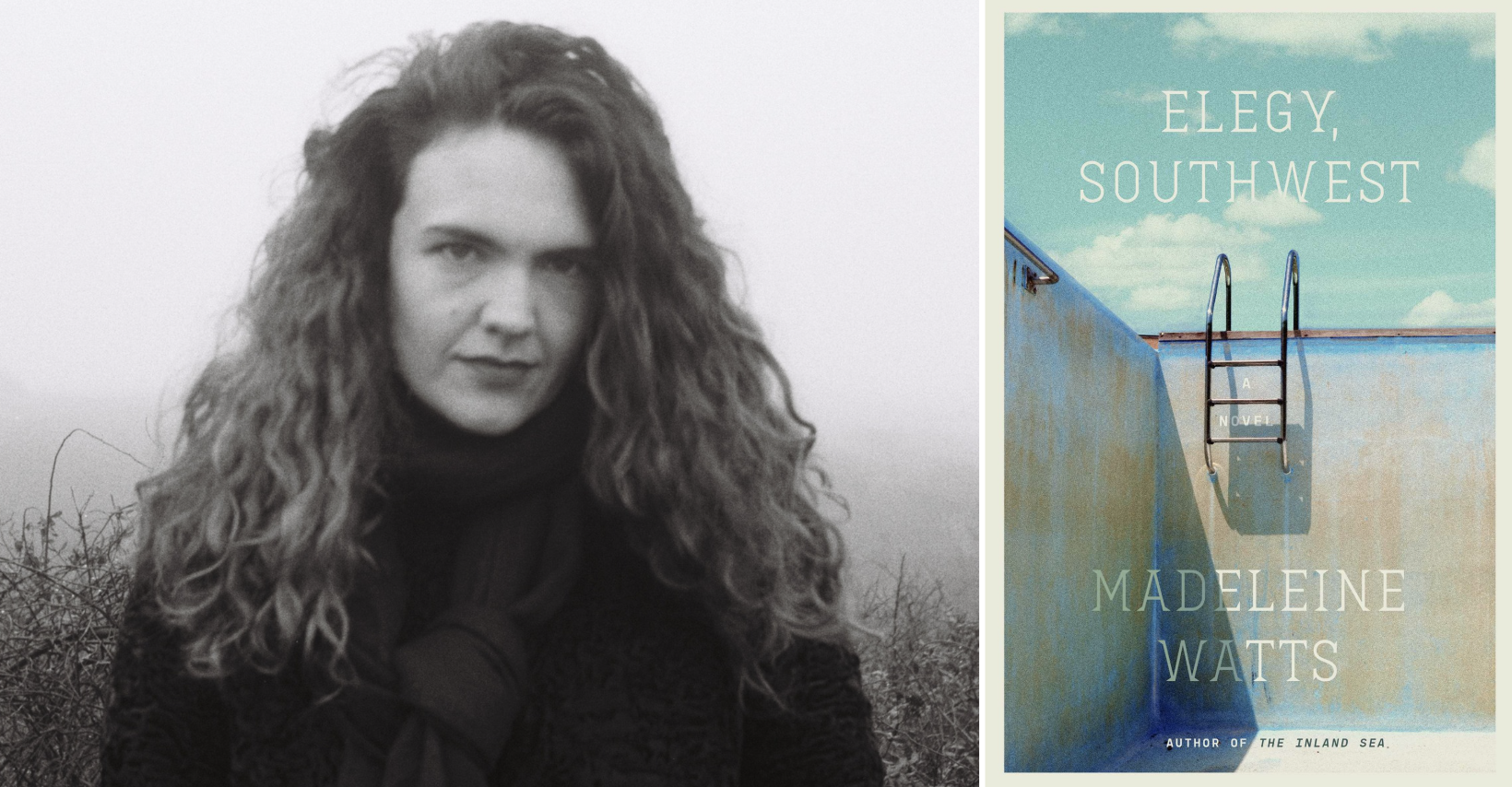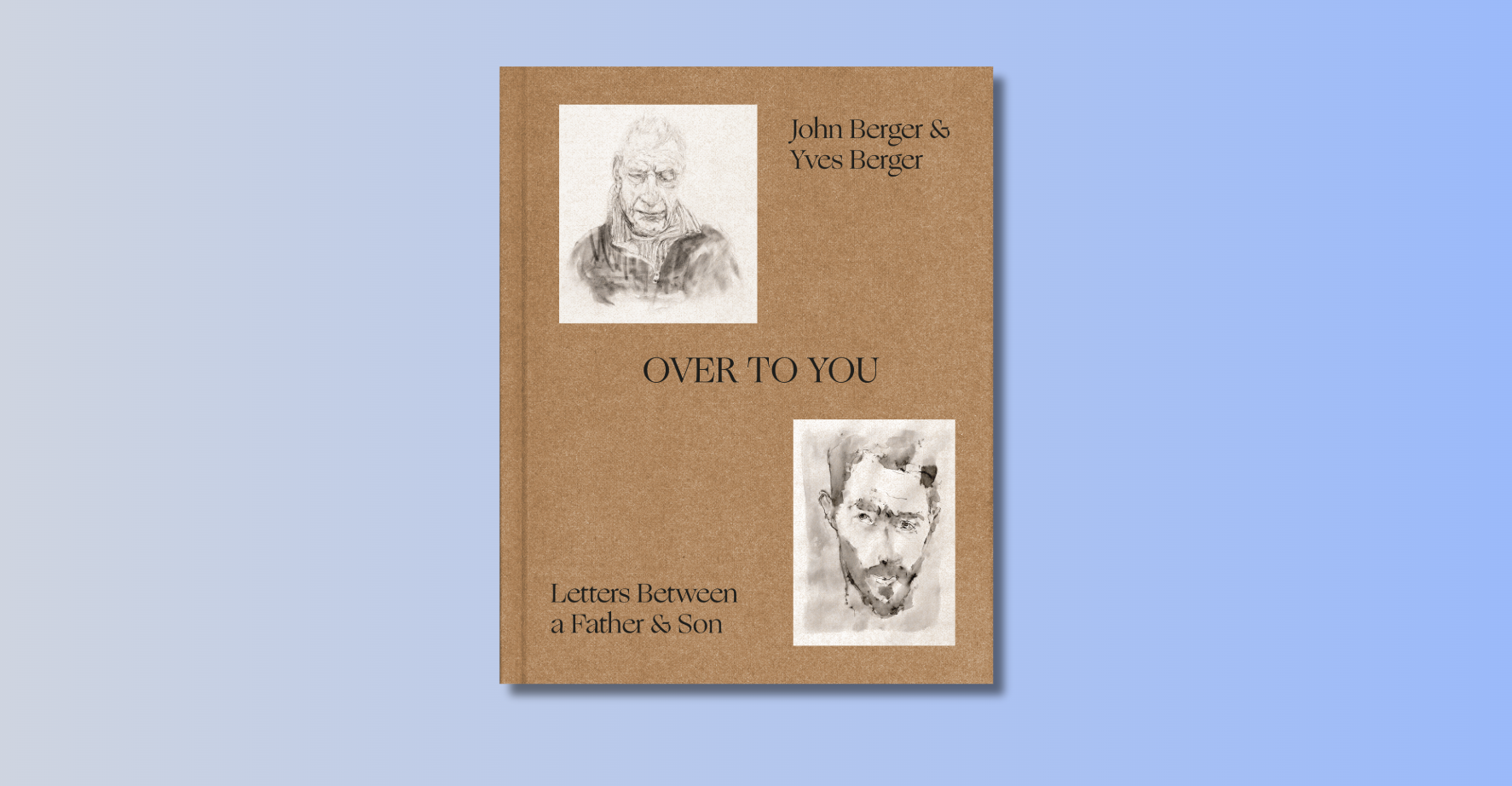 Inspired by the recent release of The Complete Calvin and Hobbes, podcaster Len of Jawbone Radio paid a visit to Bill Watterson’s home town, Chagrin Falls, Ohio. He ended up interviewing Watterson’s mom, laying eyes on some original Calvin and Hobbes artwork and sharing some interesting bits of trivia about the beloved strip.
Inspired by the recent release of The Complete Calvin and Hobbes, podcaster Len of Jawbone Radio paid a visit to Bill Watterson’s home town, Chagrin Falls, Ohio. He ended up interviewing Watterson’s mom, laying eyes on some original Calvin and Hobbes artwork and sharing some interesting bits of trivia about the beloved strip.








